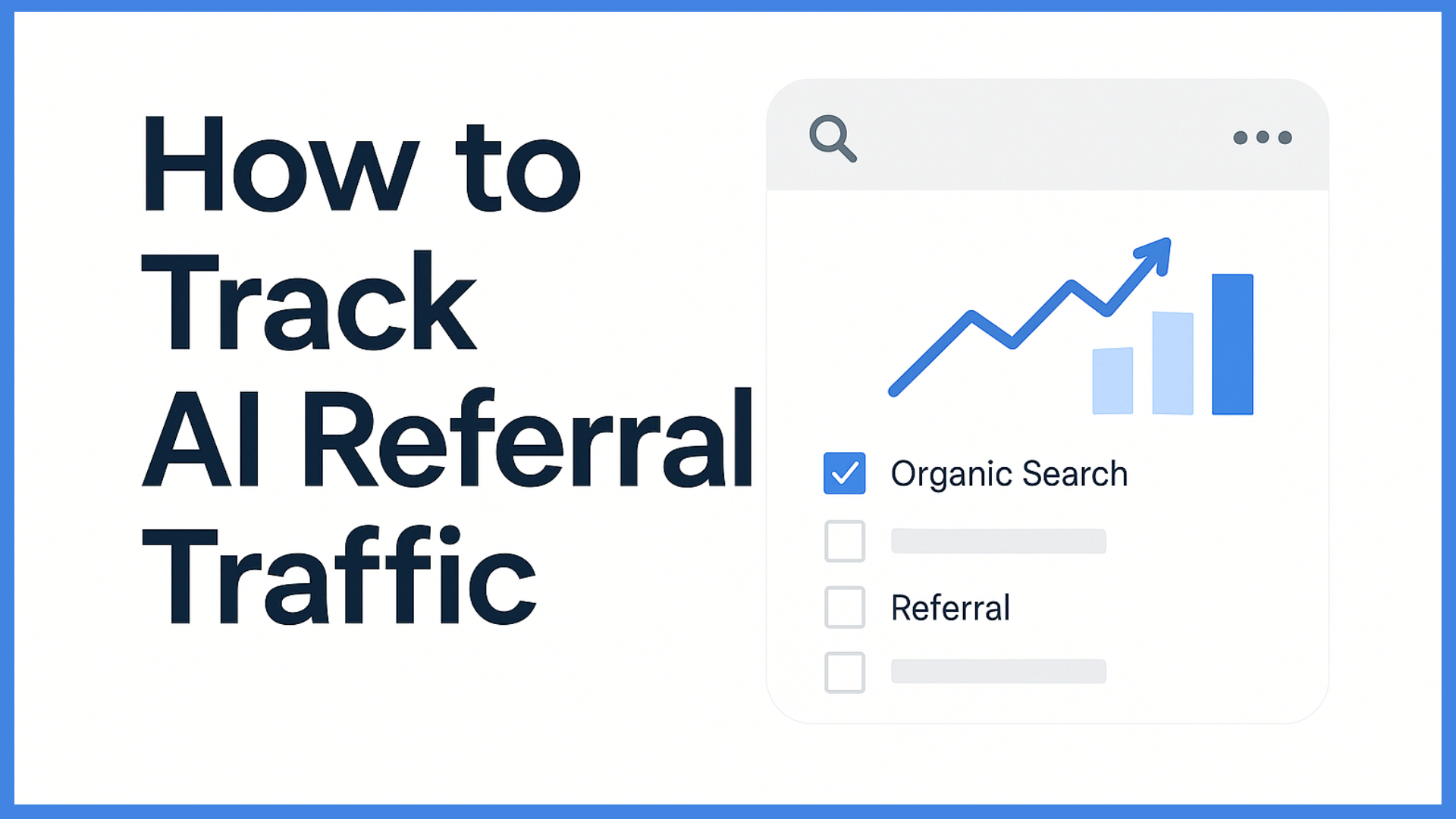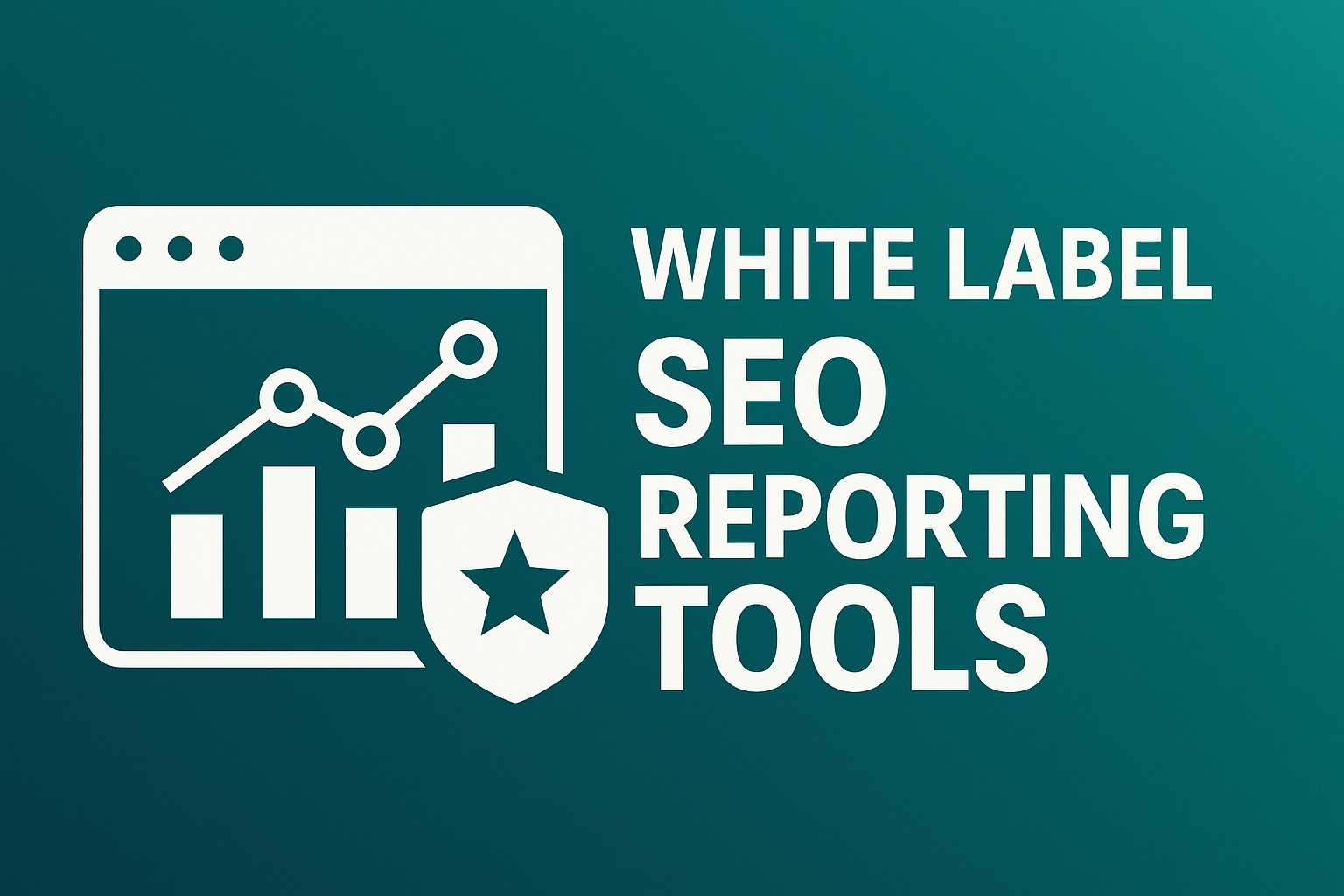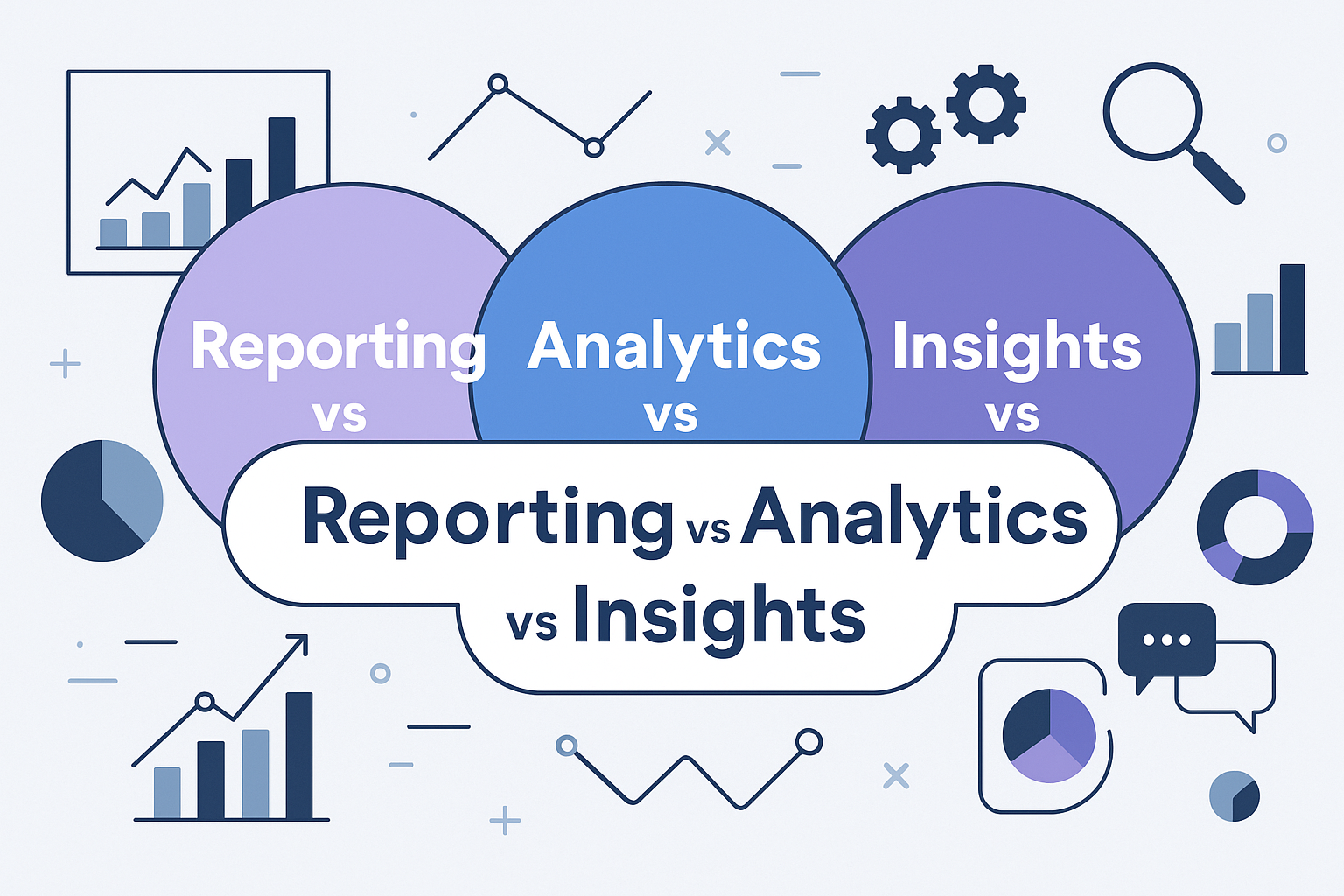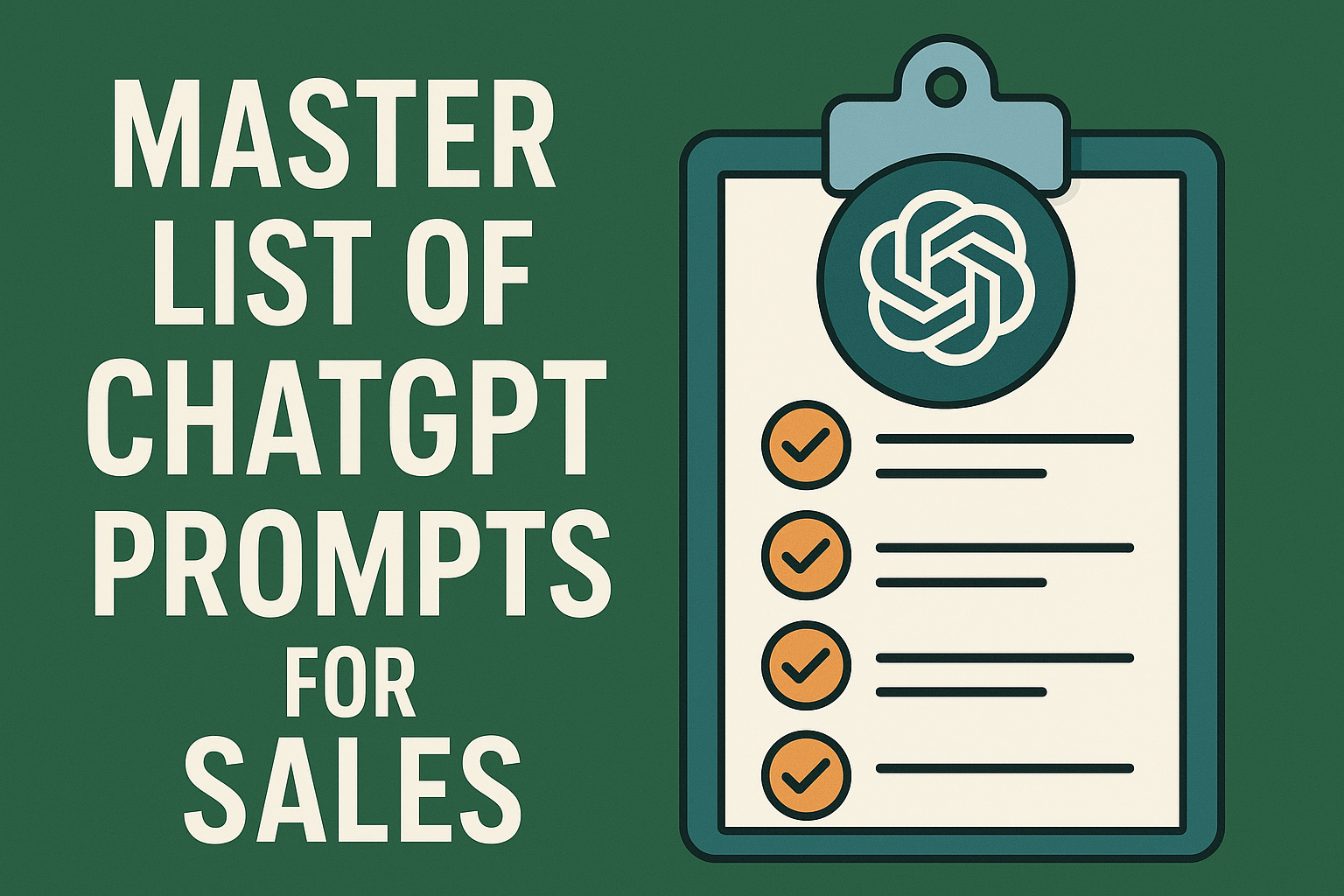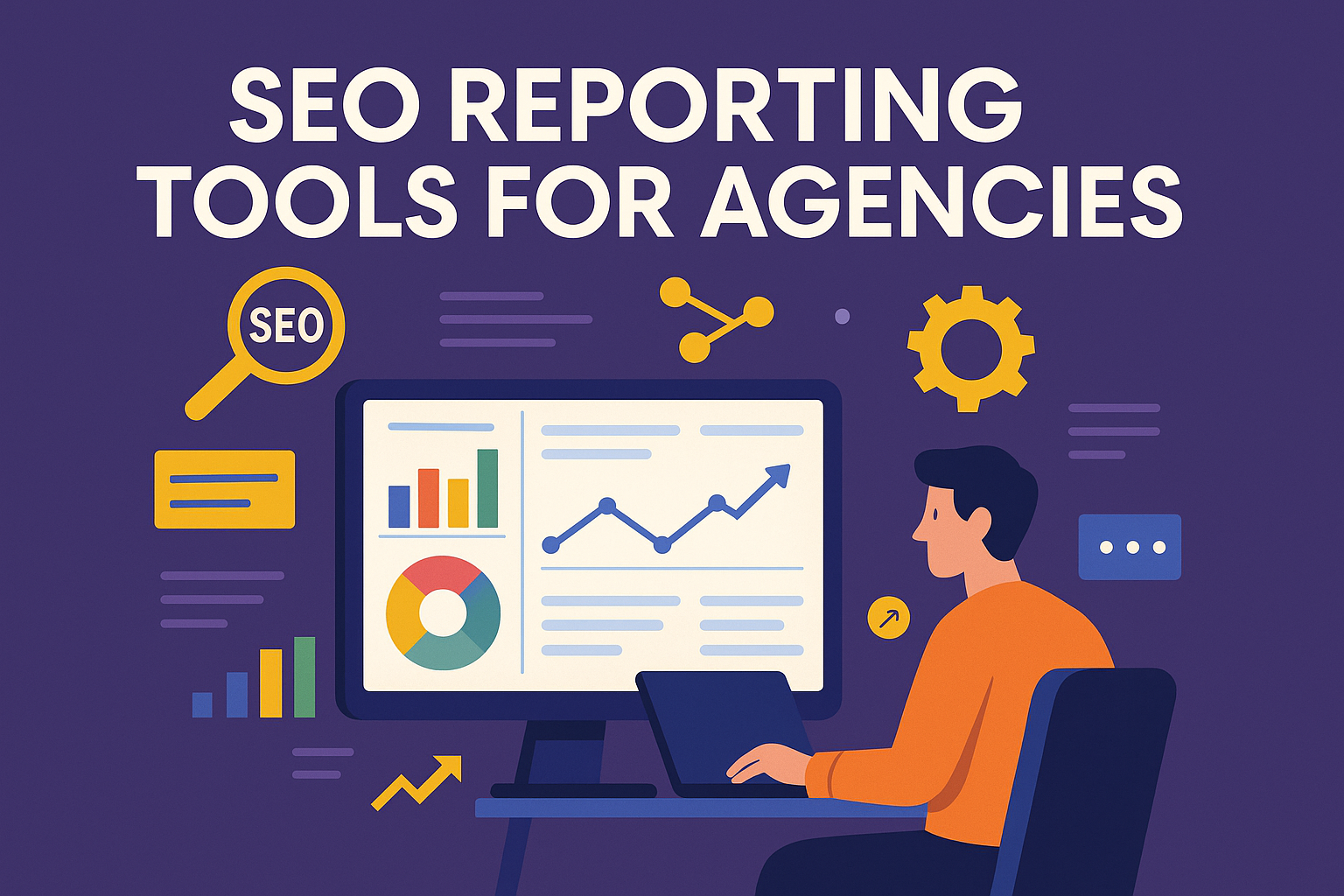How To Track AI Referral Traffic
Key Takeaways
- AI referral traffic is quickly emerging as one of the most powerful forces in digital marketing today. It provides innovative new tools to engage with and target audiences.
- With large language models and AI chatbots, content discovery is changing for users. This change has created an imperative for marketers to retool their strategies around more conversational, intent-driven questions.
- Proper tracking and segmentation of AI referral sources in widely used platforms such as GA4 will be key. Plus, they are important to measure performance and make strategic changes.
- Focusing on content quality, user experience, and E-E-A-T signals is key to attracting and retaining high-value AI-driven visitors.
- AI-driven personalization. Also, machine learning and AI-driven personalization can increase engagement and conversions by serving users more pertinent content.
- Understanding how to get ahead of developing AI trends propels future growth. In a time of swift digital change, using ethical practices is an important way to build trust.
AI referral traffic refers to website visits that originated from AI-driven platforms, such as chatbots, virtual assistants, or intelligent search engines. These referrals are revolutionizing digital marketing as we know it, providing brands with new opportunities to reach people beyond their typical paid channels.
AI referrals are unique in that respect. They target users to sites using true user intent and user behavior, going deeper than just keywords. Today, more brands are recognized and drive significant traffic through these mediums.
AI-based visits underlie visitor experiences and interactions with sites even before they arrive, resulting in improved engagement and increased conversion rates. For private industry, this translates to greater opportunities to increase their bottom line.
This article explores the mechanics behind how AI referral traffic works. And most importantly, why it is important for today’s digital-first strategies. Let’s dive in!
What Exactly is AI Referral Traffic?

AI referral traffic means visitors are landing on your website through AI platforms, like chatbots or generative AI tools. This type of traffic is rare and highly valuable. Why? These users are often more curious, engaged, and ready to take action, whether it’s asking questions, exploring products, or making a purchase on your eCommerce site.
AI Referral Traffic 101
AI referral traffic starts with a query or user action on an AI platform. Unlike organic or direct traffic, defined as when someone types your site’s address into their browser, AI referral traffic comes from a different place. You may have noticed new referrers such as perplexity.ai or chatgpt.com appearing in your Google Analytics 4 (GA4) reports.
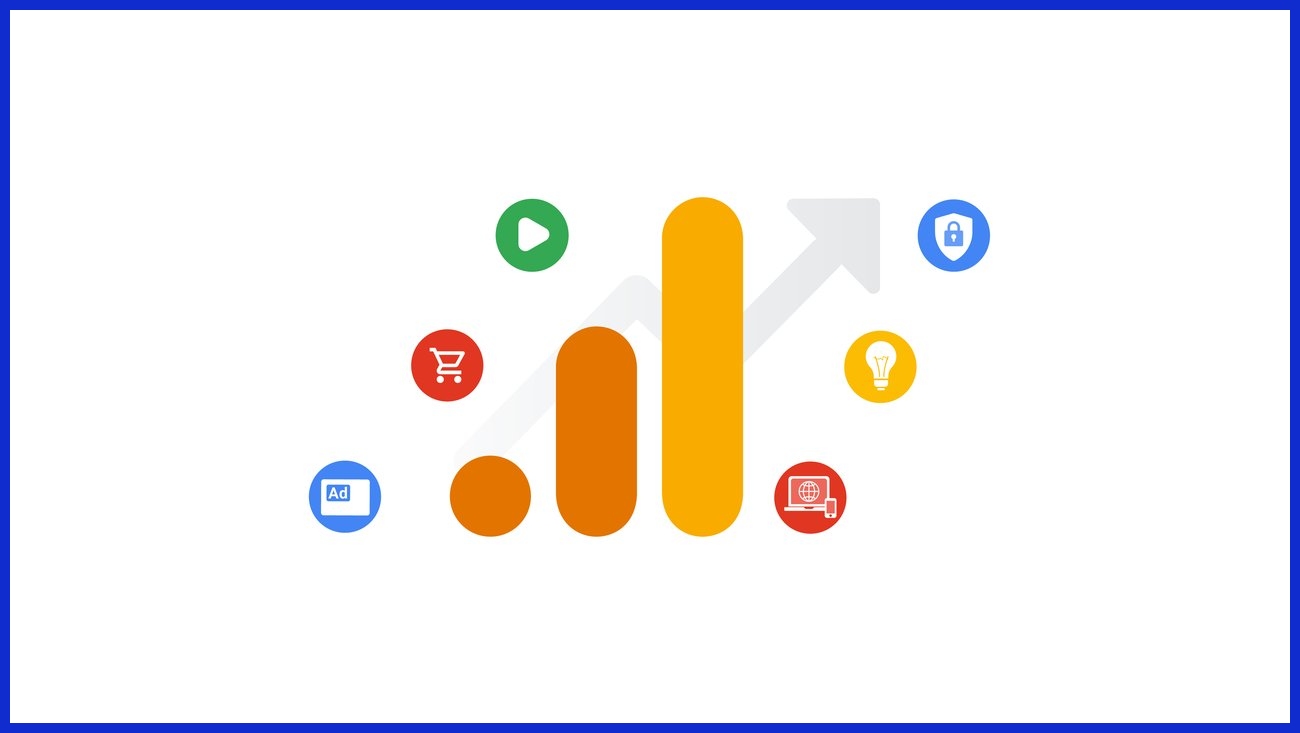
These channels indicate that users discovered your content via an AI-assisted chat or response. Here’s how to set up a segment in GA4 so you can determine how much AI referral traffic you’re receiving.
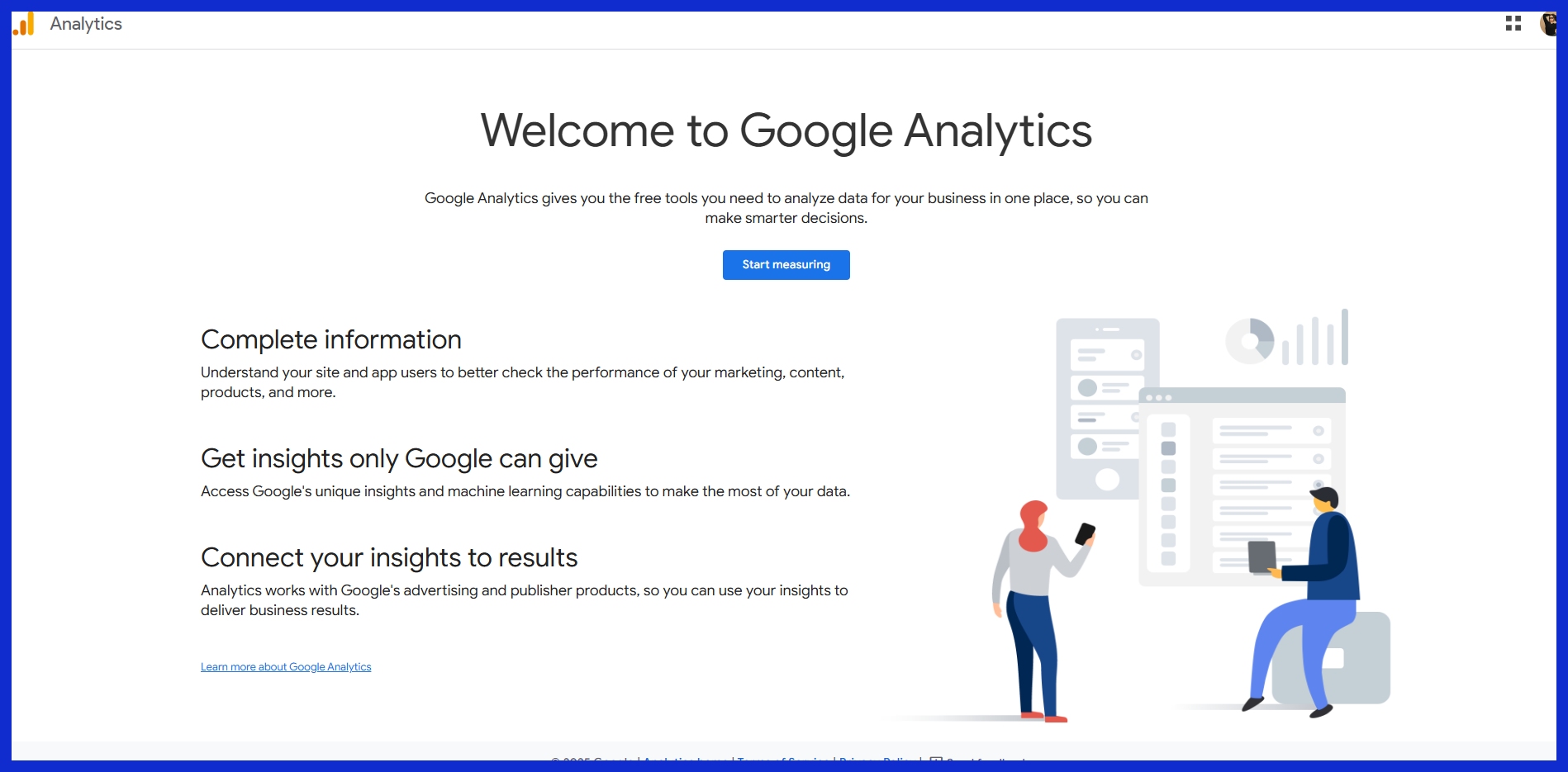
Add the new AI referral traffic channel group.
Define key dimensions and metrics for identifying traffic sources, and filter using regex patterns to identify visits from AI tools.
Some important metrics to track are session time, bounce rate, and conversion rate. These figures further assist in illustrating how aligned AI-sourced traffic is with your site’s objectives.
Defining AI-Sourced Visitors
AI-sourced visitors are those who visit following an interaction with an AI tool or chatbot. They are usually looking for simple, direct, specific answers. As a result, they’re spending more time on site pages that address what they’re looking for.
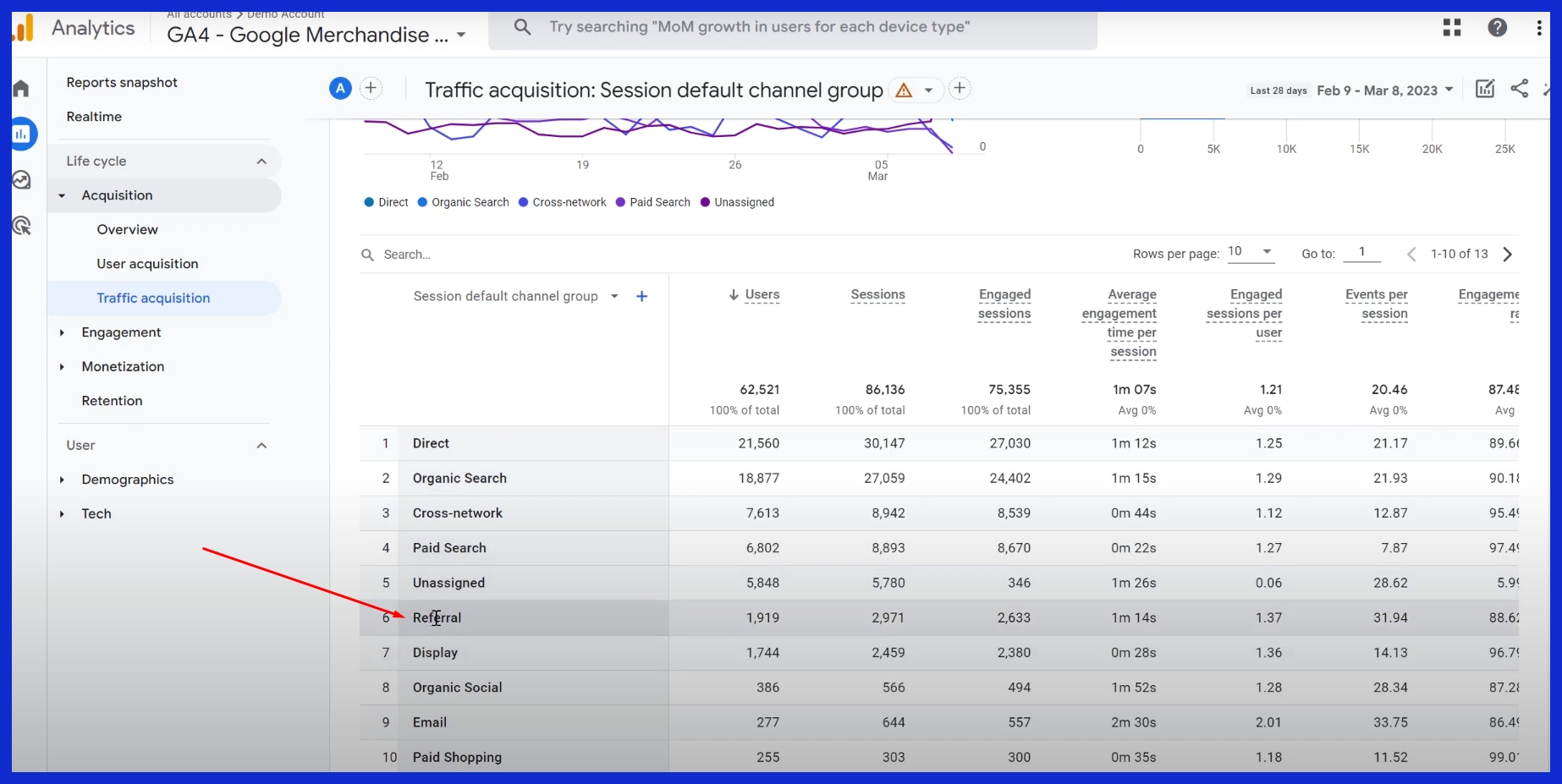
They’re likely to click further into your site or convert at higher levels than visitors from regular search are. These users are looking to engage in a different way, one where they are looking for direct answers and actionable information.
AI vs. Traditional Referrals
AI referral strategies are much more intent-focused compared to historic approaches such as blog backlinks or affiliate partner websites. AI referral traffic can better anticipate user needs in real time, whereas traditional referrals rely on static links or banners.
This is why traditional referral traffic is rarely highly relevant. As AI continues to expand, it’s establishing different referral strategies, locating and directing users looking for helpful, immediate solutions.
LLMs: Your New Discovery Channel
Large language models (LLMs) such as GPT-4 or Perplexity AI guide users to discover content by responding to user questions and directing them to informative content.
LLMs have referral traffic for queries that are complicated, chatty, or novel. As you can see in the photo above, the website had a referral from Perplexity AI.
They’re getting better at helping users discover content they wouldn’t have found otherwise through a traditional search. This increases traffic to your sites and has the potential to increase engagement as LLMs direct users who are seeking actual answers.
The AI Referral Boom: What’s Driving It?
AI referral traffic is already starting to reshape how people find and interact with content on the web, particularly through AI search engines and AI chatbots. This change is driven by new technology, user behavior, and innovative ways that AI influences our online experience, reflected in hard data and guidance marketers and publishers are receiving.
AI Chatbots Reshaping Search

AI chatbots, such as ChatGPT, Google Gemini, and Bing Copilot, are quickly becoming the most significant portals to web content. Now, consumers turn to chatbots for instant responses rather than traditional search engines.
That’s because more of their traffic is now driven by these bots, not merely links shown in search result pages. Chatbots are conversational, back-and-forth dialogue forms, allowing users to ask follow-up questions and receive more personalized responses.
Marketers have quickly begun implementing chatbots on their websites to guide users to the information they’re looking for more efficiently. For instance, when a visitor lands on your site, a chatbot can help them navigate to the appropriate product page, reducing search time and increasing user happiness.
This personalized support results in deeper, more qualified leads and increased trust.
Evolving User Discovery Habits
User habits are starting to shift in favor of AI generative tools. Users increasingly expect to get answers quickly, not just lists of websites.
With features including zero-click results and AI citations taking over, former KPI reports, such as rank position, are outdated. Today, it’s less about the traditional ranking high in a search and more about being selected or featured by the AI.
Companies must shake off old habits and find new ways to connect with consumers. This means they need to monitor how and where their content gets featured in AI outputs in addition to monitoring their SERP rankings.
LLM Market’s Traffic Impact
Large Language Models (LLMs) such as OpenAI, Google, and Microsoft are influencing where traffic goes on the internet. Their platforms decide what information to display, moving authority from established search monopolies.
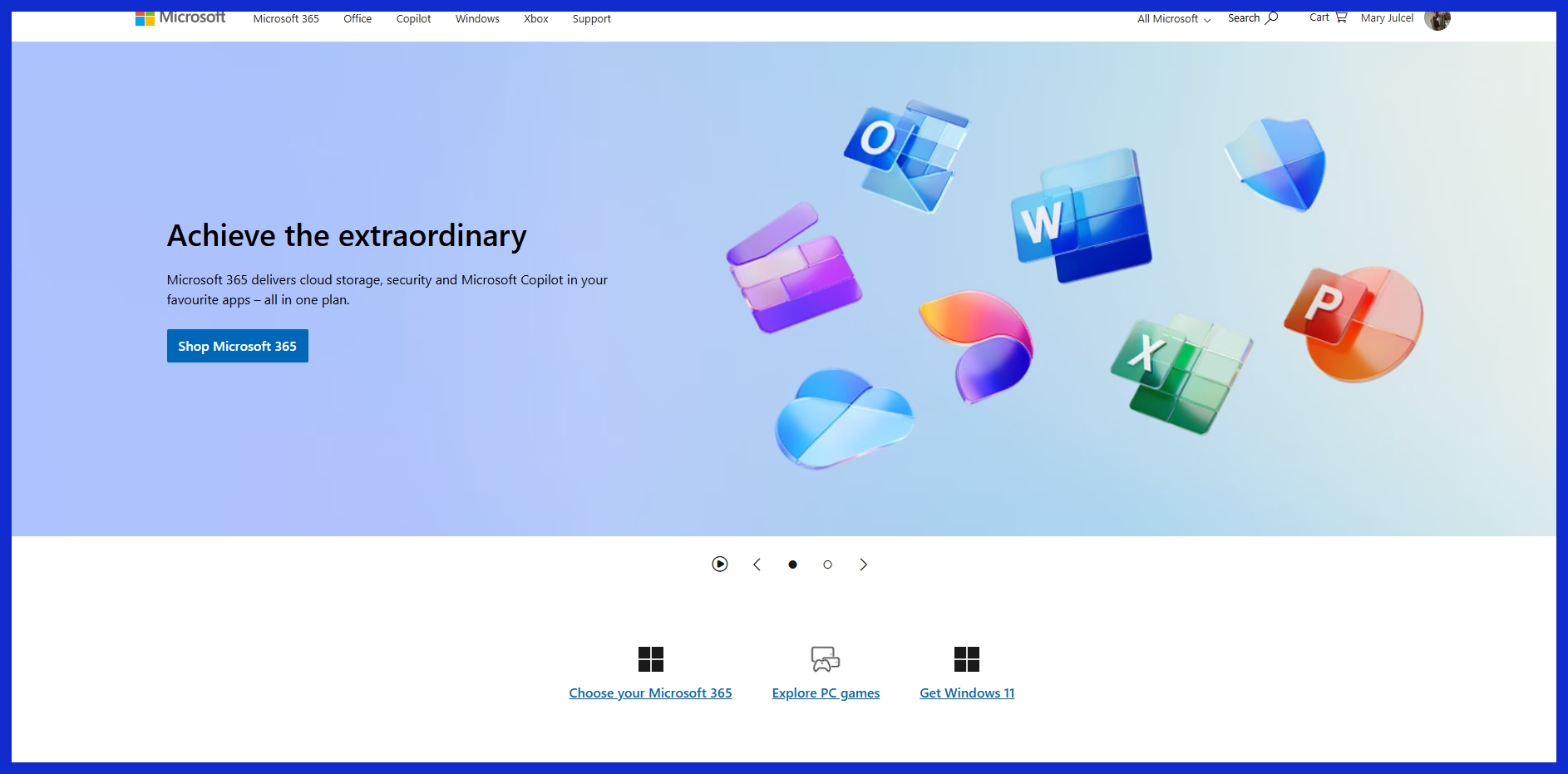
On the publisher side, the results are mixed. SEO has shifted to creating content that AI will find valuable, not just humans. Brands that collaborate with LLM platforms win as a result because they can make sure their content is found and properly cited.
Beyond Clicks: AI Intent Fulfillment
AI referrals are about understanding why users search, not just what they click. Not only does traffic quality improve when your content satisfies user intent, but visitors are also more engaged and bounce less.
Marketers need to understand what AI bots are bringing to the surface and tailor content to answer those inquiries. Key performance indicators have shifted to transaction rank and user engagement from AI-generated referrals, rather than simple traffic counts.
Master Tracking AI Referrals in GA4
Tracking AI referral traffic in GA4 means you see how users land on your site from AI chatbots or search tools. Collecting good data on this front helps inform intelligent marketing. By tracking these sites, you spot which platforms—like ChatGPT or Perplexity—send real visitors, how much they engage, and where your site benefits most.
This is where GA4 is a game changer, it allows you to create custom tracking to understand what’s working.
1. Configure GA4 for AI Sources
To identify AI traffic, set up a custom channel group in GA4.
- Navigate to “Settings.”
- Select “Custom Channel Group” and create new rules to classify AI sources.

- Utilize regex strings to capture domains such as chat.openai.com or perplexity.ai under the “Page referrer” field.
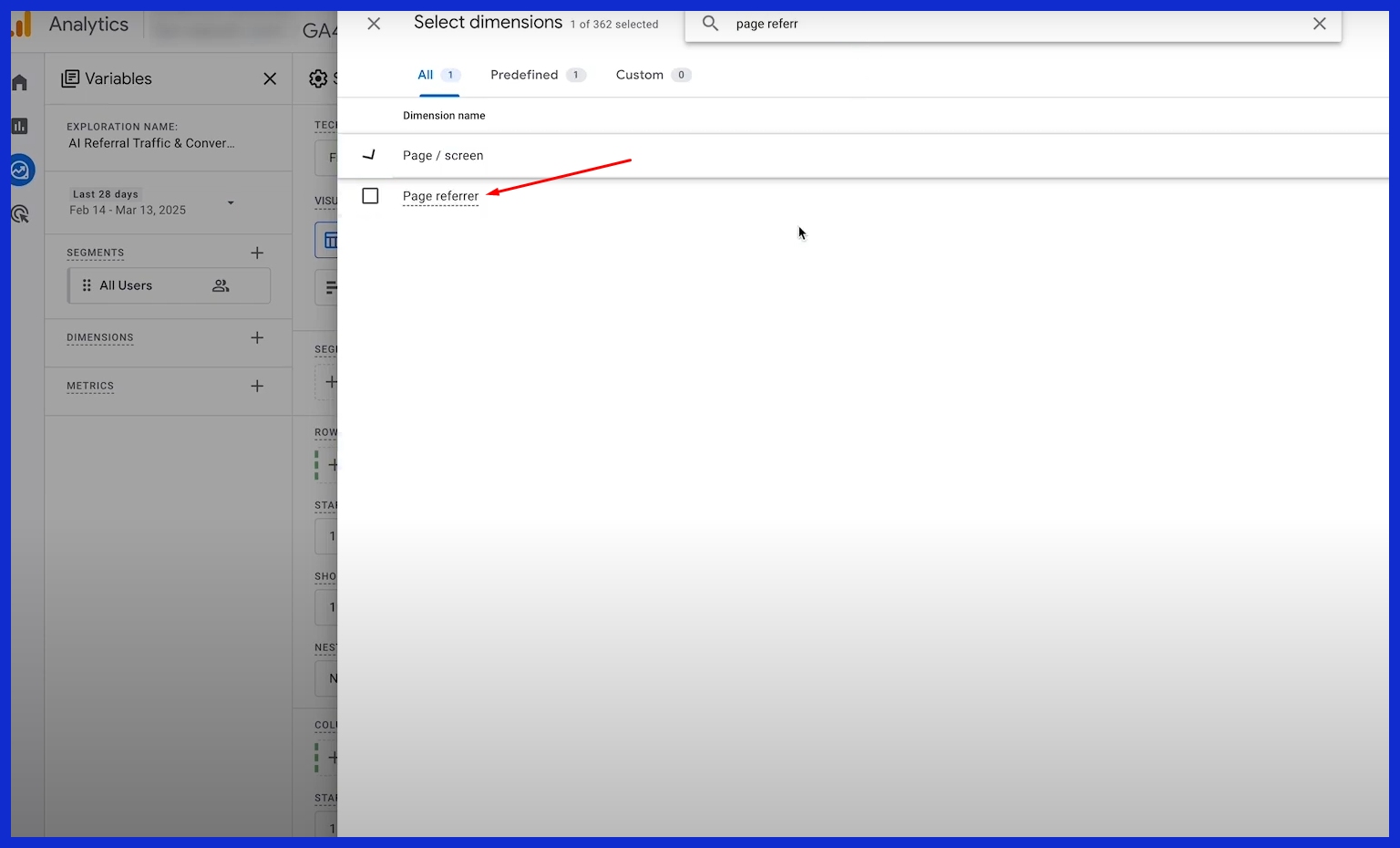
Mark these sources explicitly as AI. This step ensures you have clean data—no accidental mix of AI referrals with other organic traffic.
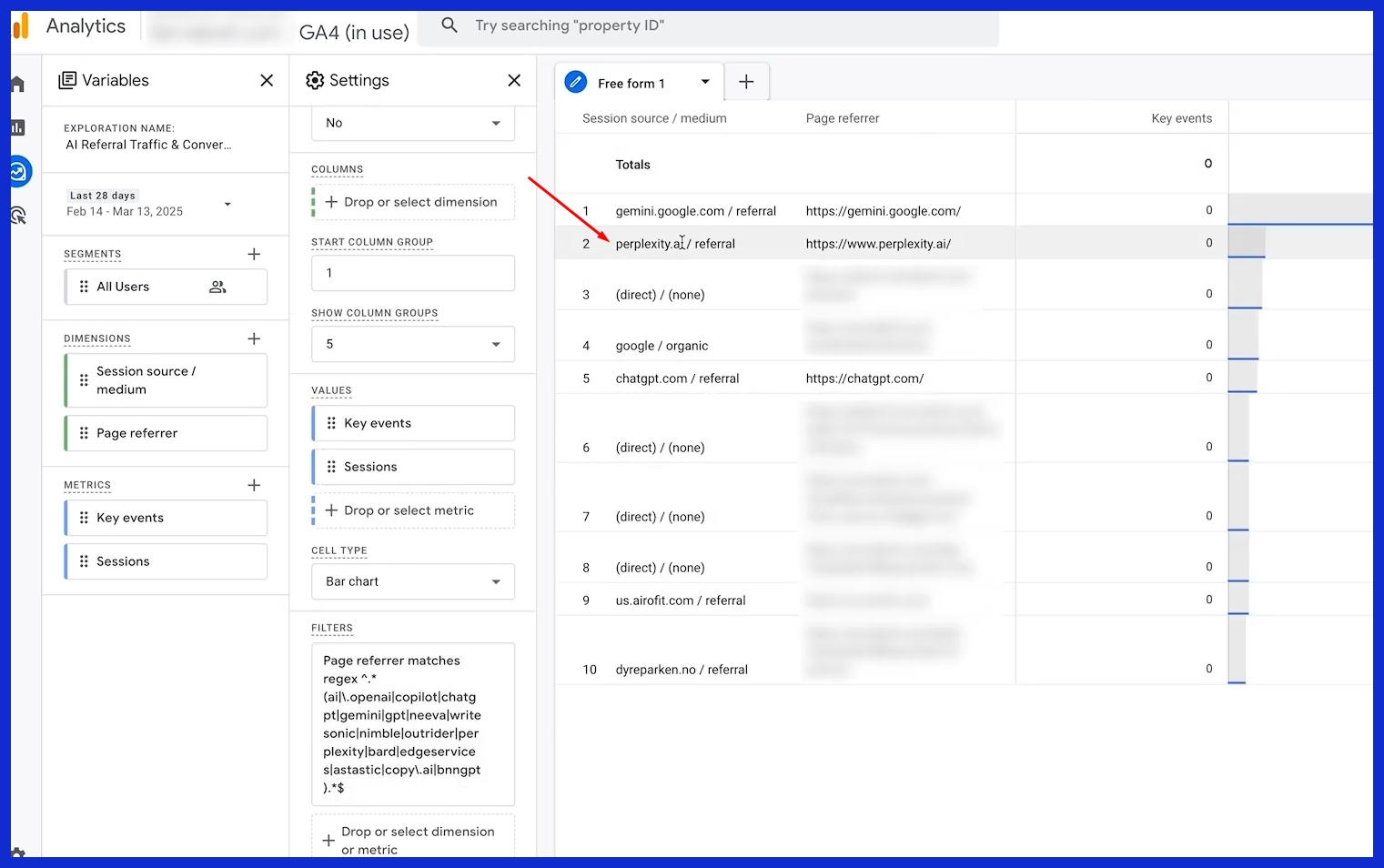
A good configuration prevents mistakes from occurring in the first place. Stay on top of your rules to adapt to emerging AI platforms. The landscape is changing daily.
2. Pinpoint True AI Referrers
First of all, not all of your referral traffic comes from AI.
Visit the “Traffic Acquisition” report and add a filter for “Page referrer” matching your regex. Whether it’s through tools like custom segments or GA4 filters, these make it easier to identify genuine AI traffic.

After filtering the page referrer, add a value that says “matches regex.”

If you use regex, make sure to consistently update it with new sources that you identify.
3. Segment AI Traffic Accurately
Utilize GA4’s Exploration report to create a segment specifically for AI referrals. Filter by your created custom channel group or regex. This allows you to isolate AI traffic from the rest of your traffic.
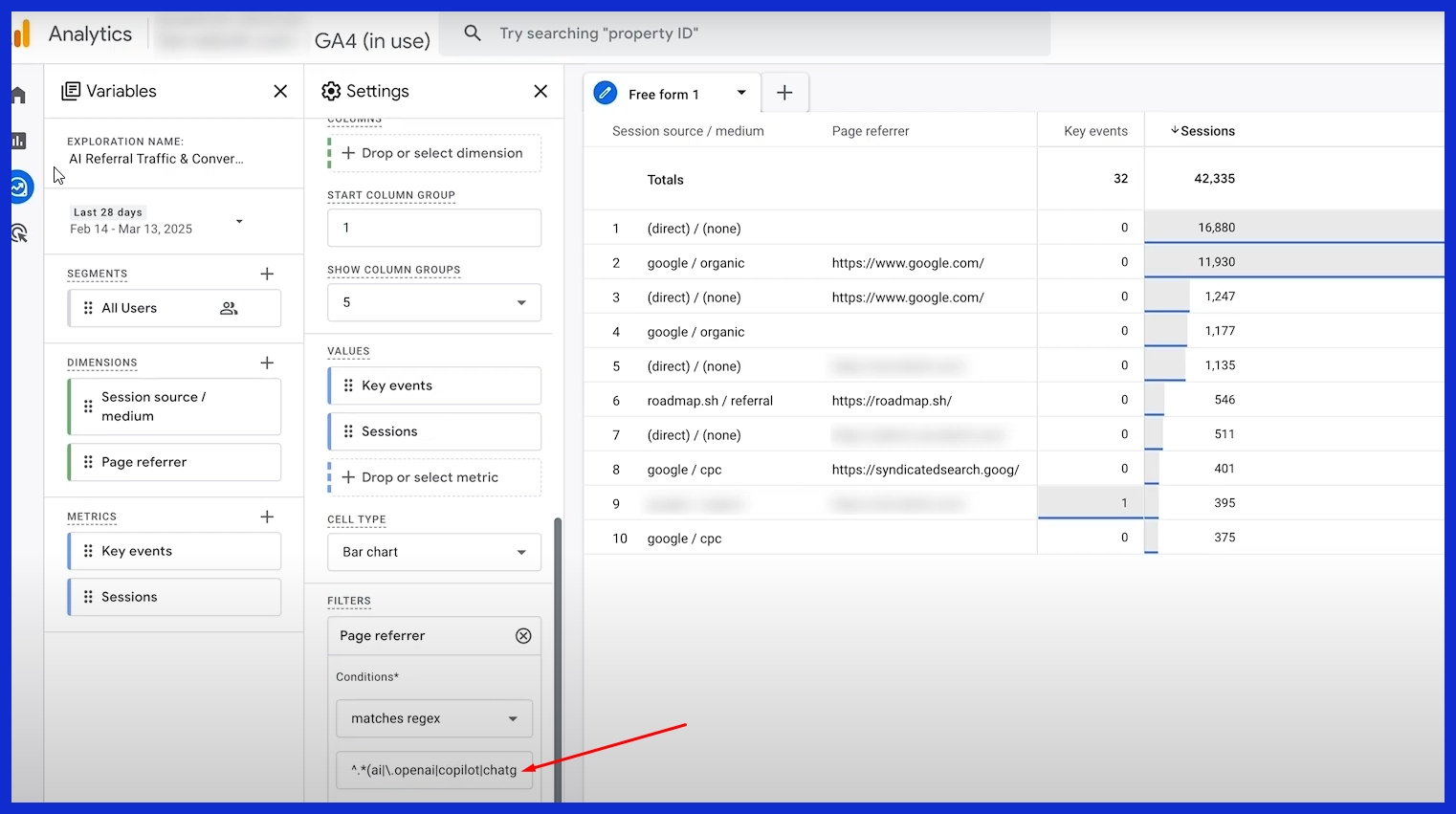
Evaluate their quality by examining metrics such as sessions, engagement, and bounce rates. Segmentation helps isolate and identify trends or where AI users are falling out.
4. Build Custom AI Insight Reports
Generate custom AI insight reports by drawing in metrics such as sessions, conversion rate, and engagement as needed. Keep it simple with easy-to-read visualizations—bar graphs for volume, line charts for trends.
Custom AI insight reports can’t do everything for you, but they can give you actionable insights.
5. Understand AI Attribution Models
Choose an attribution model in GA4 (ex., last click or data-driven) to analyze the effect of AI referrals on conversions. The story your data is telling you depends on which attribution model you choose.
Keep an eye out for double-counting, or when you’re missing a touchpoint. Check your configuration periodically to ensure you stay on top of your insights.
Smart Analysis of Your AI Traffic
AI referral traffic is popping up everywhere across digital channels. It can be time-consuming to implement it, too, not to mention difficult to detect during routine trips! It’s important for agencies and marketers to understand where this traffic originates. Understanding how it works is essential to ensuring their strategies stay effective.
By establishing a defined structure, teams are able to monitor AI-generated visits, identify trends, and receive actionable insights. Continuous analysis assists with content optimization, reaching the right audience, and ensuring marketing dollars stretch further. Metrics engagement rate, session length, source/medium breakdown—these all go a long way to indicating what’s real versus what’s probably AI-generated.
Decode AI Visitor Behavior
AI visitors tend to create very distinct patterns. For instance, sessions from AI bots typically display as 0% engagement and 0 seconds on page. Analyzing actions such as bounce rate, scroll depth, or clicks tells you whether visitors are real or not.
It shows if bots are just scraping your content. Typically, these human visitors browse through tutorials, request an estimate, or download a whitepaper. AI-sourced traffic, particularly from chatbots, often goes straight to how-to guides but has low engagement. By mapping out these behaviors, marketers can better tailor site layouts, surface key information, or identify areas that need a more human-like interaction.
AI Filters Quality Referrals
Today’s AI systems play a big role in filtering out those low-value visits. They track down issues such as frequent zero-engagement sessions or weird patterns from specific referral sources. Emphasizing quality visits—real people who read, click, or share—boosts genuine leads and maintains data integrity.
In reality, when you rely heavily on custom channel groups and filter down further by session source/medium, you start to see more qualified traffic. That way, more time and money can be funneled to what moves the needle.
Discern Human vs. Bot Activity
Understanding who is real and who is a bot is important. Marketers have employed tactics such as intent detection, IP address filtering and tracking, and tracking scripts to detect bots. When bot traffic is excessive, it can greatly distort reports and absorb ad spend in a meaningless manner.
Creating rules, advanced segments, and regularly refreshing them keeps your analytics agile and accurate.
Forecast Traffic with AI
Finally, AI is very good at identifying patterns and forecasting future surges. It’s based on a combination of your previous visits, referral patterns, and even what types of content tend to get walloped by LLMs. Production Teams use tools such as KPI.me’s custom reports to forecast work and receive early warning signs.
This lets them create content in advance or scale campaigns quickly.
Spot Emerging AI Trends Fast
Being proactive first requires monitoring for emerging trends in referrers or immediate increases in AI-generated sessions. Tools that track where each session came from and that enable you to segment traffic quickly are invaluable for detecting changes early.
This is especially important for US-based sites that receive the bulk of AI traffic, and for long-form content types that tend to attract chatbot users.
Optimize for High-Value AI Referrals

AI-driven referral traffic is transforming how marketers view the value of content, site structure, and user experience. Optimizing for high-value AI referrals requires focusing on the signals that models are learning to look for—originality, expertise, and clarity.
Targeting high-value visitors begins with good, detailed content that is attractive to search engines and humans alike. AI-powered search engines are redefining how users find your sites. By concentrating on these essential elements, you’ll set your content up for greater success.
Craft Content for AI & People
High-value AI referrals begin with content that is optimized for people and bots alike. AI seems to prefer in-depth, well-researched articles, interviews, and opinion pieces that offer practical takeaways.
Creating high-quality content entails having a clear structure, smart use of headers, and easy-to-read language. Don’t write thin content or even slightly generic content. A regional agency report that features a few unique data pulls will get users hooked and AI’s attention.
Just don’t sacrifice SEO attempts for readability, and try to link keywords organically while still maintaining value first.
Target Conversational Queries
AI models tend to be best at answering natural, conversational queries. Pieces that focus on queries such as “what’s the best budget-friendly agency reporting software” are great for intent.
It answers questions like “What can I do to make my site faster for AI search?” Write in everyday terms, familiar phrases, and conversationally-friendly formats. Including these kinds of conversational keywords and answering these real user issues puts your content in front of AI Overviews and voice searches.
Amplify Your E-E-A-T Signals
E-E-A-T signals are high-value AI referrals. Include credentials, link to references, and enable author bylines. Real-life examples, such as case studies and testimonials, alongside transparent data, help establish trust.
These strategic actions send strong signals of trust and relevance to both users and AI models alike. This refinement dramatically increases click-through rates and establishes your site as an authority.
Maximize Site Speed & Mobile UX
Speed and mobile experience are hugely important. High-quality signals AI models are trained on these models largely recommend sources that provide a good user experience.
Make it easy to navigate—users should be able to get to any page within three clicks. Reduce image file sizes, compress files, and monitor site speed often. Strong mobile usability equals more engaged users and AI referrals. Good mobile usability leads to higher engagement rates.
Strategic Internal Linking Wins
Internal links both guide users to discover more related content and aid AI crawlers in understanding your site structure and hierarchy. Choose clear descriptive anchor text, and place links where they add the greatest value to the reader’s experience.
An intuitive link structure, aided by heading tags, creates a more crawlable site while maintaining user interest, ultimately leading to higher referral traffic.
Advanced AI Tactics & Future Proofing
Future-proofing your strategy with AI and getting ahead of the AI referral traffic takes some serious foresight beyond just staying on trend. AI-powered search queries are increasing exponentially! With zero-click searches fundamentally changing the way people discover information, marketers require more intelligent tools and more precise tactics.
The landscape is changing quickly. Brands that use new AI tools to understand how search engines see their site—or their rivals—can spot gaps and jump on new growth chances. Omni-channel strategies are more important than ever! Limiting yourself to one channel accommodates your greatest reach in a world where AI Overviews will be present on every channel.
AI-Powered Content Personalization
AI enables brands to deliver the most relevant message to the most qualified individual at the most opportune moment. With AI-powered insights, marketers can adjust headlines, images, or calls-to-action to align with user preferences exhibited by previous visitors.
For instance, e-commerce retailers leverage AI-driven content personalization to display tailored product recommendations, increasing customer interaction and purchases. The key is to focus on writing for users ahead of AI. It’s what helps you create authentic content and helps you avoid a one-and-done audience.
Tools such as dynamic landing pages or email automation make these concepts a reality for teams of all shapes and sizes.
Combat Referral Fraud with AI
Referral fraud campaigns are damaging to valid campaigns because they misrepresent analytics and consume returns on investment. AI tools can detect suspicious patterns such as sudden spikes or phantom clicks, allowing them to be flagged before they ruin hard-earned reports.
For agency leadership, implementing fraud checks translates to improved public trust and more reliable data. When paired with real-time alerts and routine data audits, that honesty is more easily maintained.
Unify Cross-Channel Referral Data
Uniting data across web, social, and paid media creates a more complete view. Unified cross-channel dashboards are one of the best ways to see which channels move the needle.
With platforms like KPI.me, teams can easily aggregate all their data into one place. This arrangement allows you to more clearly see trends and react quickly!
ML for Smart Traffic Segments
Instead of organizing users based on their click source, machine learning organizes them based on their behaviors. It identifies unseen segments, such as first-time purchasers or repeat enthusiasts, allowing marketing teams to make more relevant offers.
Now, even the smallest brands have access to ML-powered tools that will allow them to build segments and test new hypotheses at scale.
Ethical AI for Sustainable Growth
Ethics should be at the heart of everything we do. Responsible use of AI helps you gain customer trust, avoid brand damage, and ultimately future-proof your brand.
Marketers need to be transparent about the use of AI, safeguard privacy, and not reinforce bias. Following these best practices is the best way to earn long-lasting customer loyalty and sustainable growth.
Conclusion
AI referral traffic makes it possible for teams to discover new potential leads and expand their audience. Clear information from tools such as GA4 provides the best chance to see what is working and what just needs a slight adjustment. As you can see, the big brands are already leveraging AI to steal highly focused, targeted traffic.
Don’t worry, small teams and agencies, you can get in on the action, as well! Those who take the time to really analyze their reports and take some immediate action can realize tremendous benefits. Armed with smart tracking, you’ll have an easy time spotting new trends and determining what attracts the most qualified people.
If you want to remain competitive, begin shaping your approach toward AI-powered referrals today. Stop in to KPI.me today! Learn how a personalized report can help you do it all—simply, quickly, and in an easily shareable format catered to your crew.
Frequently Asked Questions
What is AI referral traffic?
AI referral traffic is any website visitor who’s referred by AI tools, platforms, or bots. These can be AI-infused search engines, chatbots, or content portals.
Why is AI referral traffic increasing now?
AI is the latest technology taking the world by storm, particularly in e-commerce. As more users leverage AI search engines and AI chatbots for information, websites are experiencing increased organic traffic from AI-generated referral traffic, a trend that is rapidly growing in the U.S.
How can I track AI referral traffic in GA4?
To see this in Google Analytics 4 (GA4), navigate to the “Traffic Acquisition” report. Monitor for any referrals you get from AI search engines or domains like ChatGPT, Perplexity.ai, and other popular AI tools.
Is AI referral traffic valuable for my website?
Yes, assuming it’s sending you actively engaged users. Determine how these visitors interact with your site. If those users end up spending time on your site or ideally converting, then sure, AI traffic is super valuable.
Can I optimize my site for more AI referral traffic?
You bet your AI-generated content it is. Focus on writing informative and user-friendly content that drives the most mobile traffic, while optimizing for AI search queries and implementing structured data to enhance overall AI traffic.
What are the risks of AI referral traffic?
Additionally, a significant portion of overall AI traffic is likely attributed to AI chatbots, which do not represent real human users. It’s essential to remove spammy referral traffic and focus on genuine interactions to improve your analytics.
How will AI referral traffic change in the future?
AI referral traffic will continue to increase as AI search engines and tools become even more advanced. By keeping your finger on the pulse of AI developments and adjusting your site accordingly, you’ll be poised to reap the rewards of this paradigm shift.

